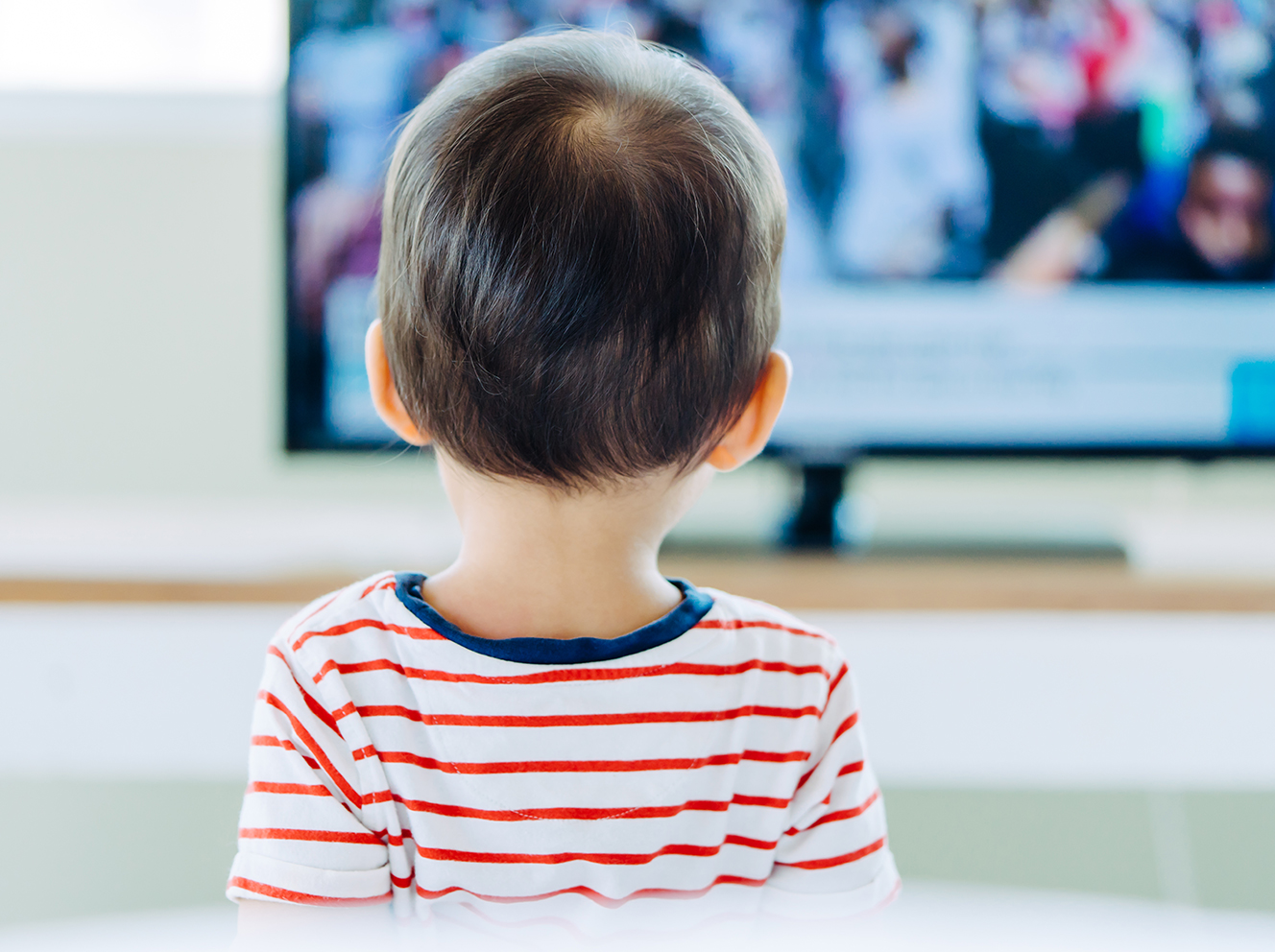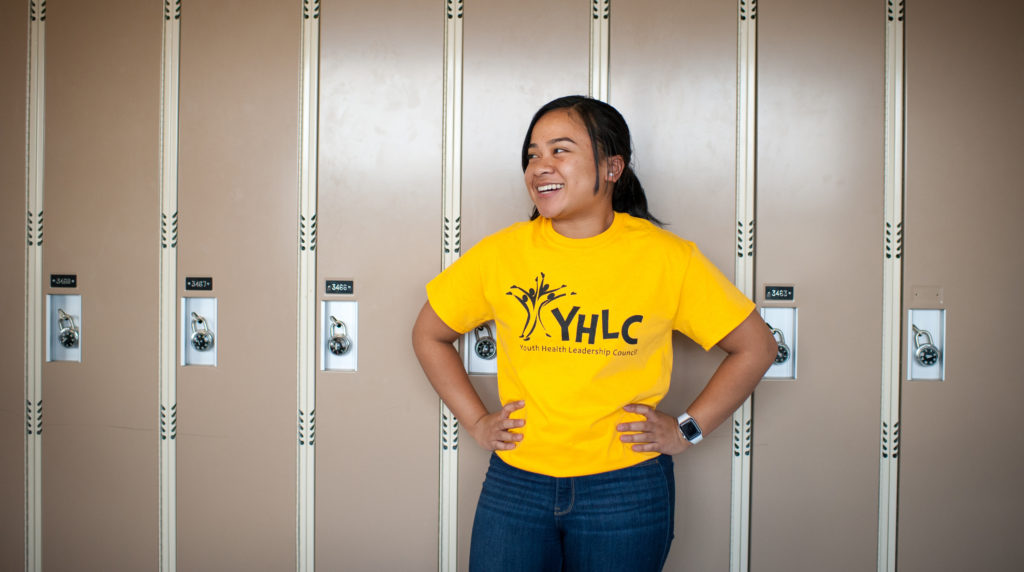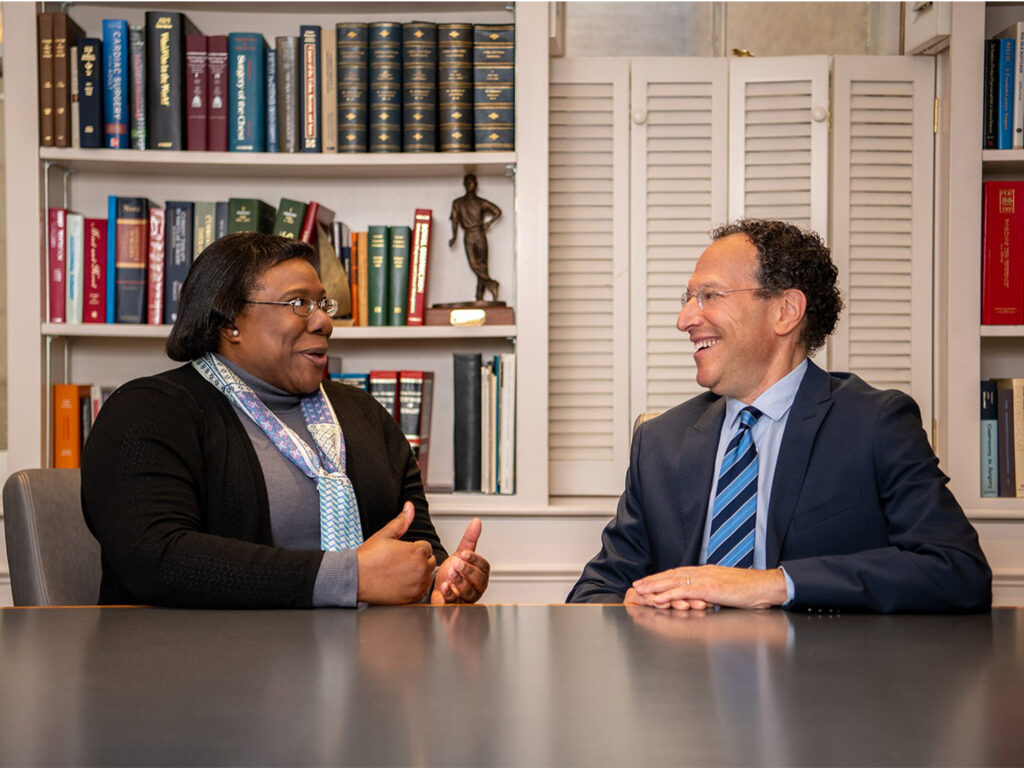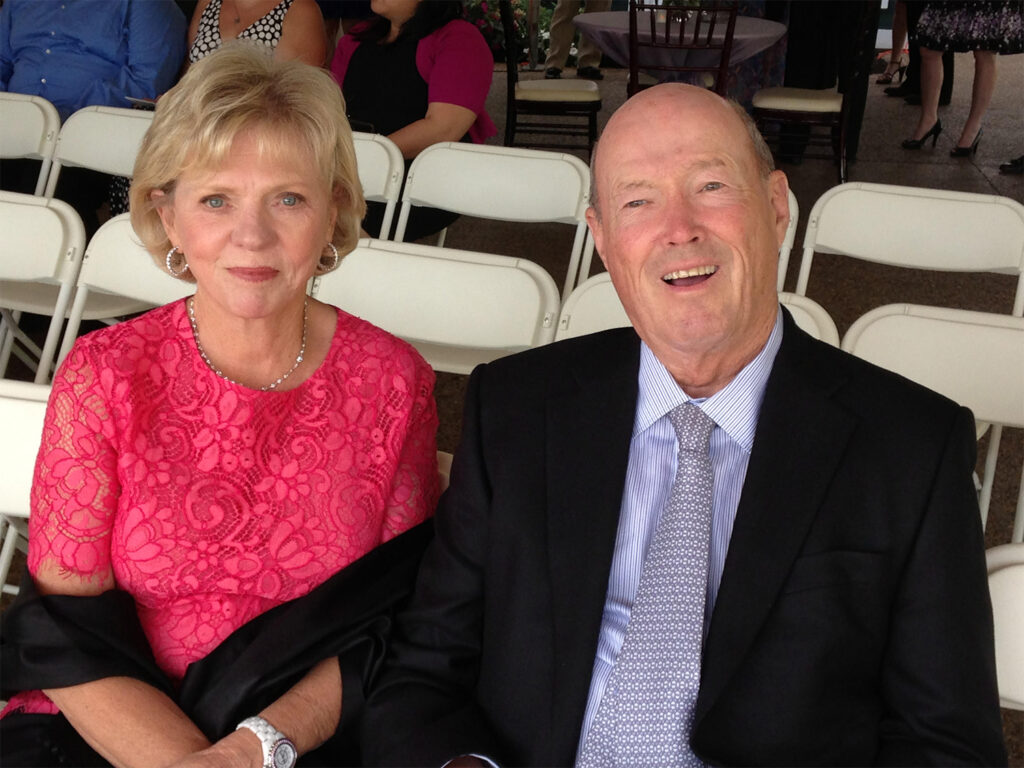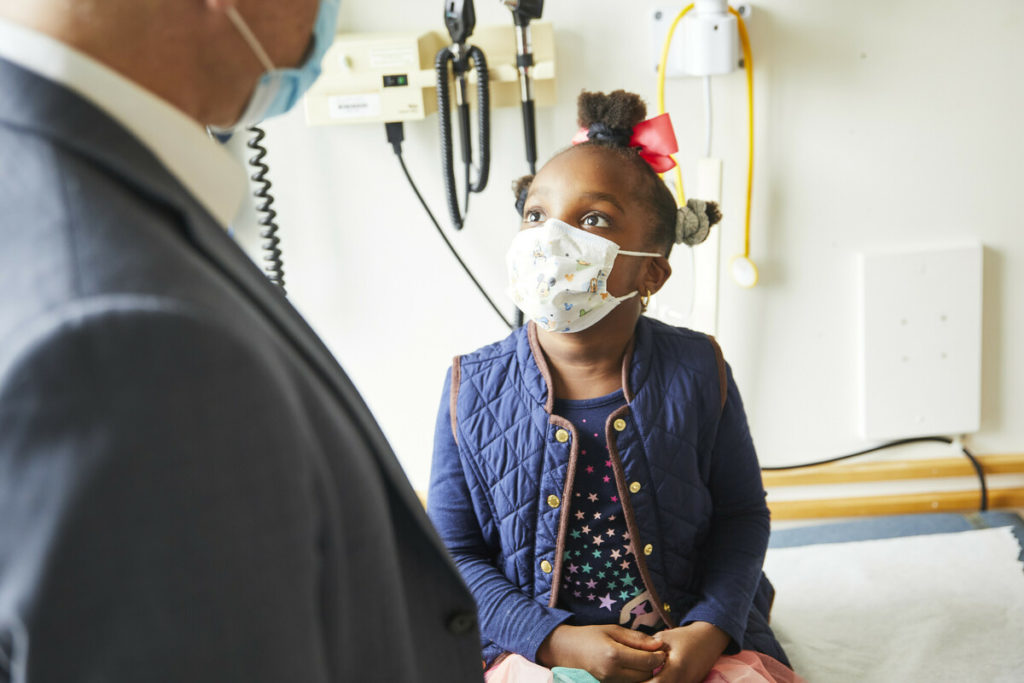Mass shootings continue to make national news headlines and are a frightening reminder to us all of this “new normal.” We emotionally respond to these horrifying incidents with a sense of terror, fear for our own safety and sadness for the victims and their families.
Beyond our immediate gut reactions, we can expect media coverage to extend across our televisions, radios, computers and mobile devices, as in any crisis. And we can expect that our kids, teenagers and young adults will have varying levels of information about these tragic events, along with their own emotional reactions, questions and concerns.
How can parents, educators and other caring adults help our young people process acts of gun violence in these moments, when we know they already feel vulnerable? How can we help them live with confidence and self-assurance in the world without constant fear that their everyday life is filled with imminent danger? How can we help them put these tragedies into some perspective?
As with any of our caregiver guidelines, first remember that you know your child best. Then, the approach for each child should be developmentally appropriate. What helps a 7-year-old cope with fear and anxiety may not be the same for a 17-year-old.
Below are some basic tips on how to talk with a child of any age about gun violence.
Talking Tips for All Ages
- Control your own anxiety. Anxiety is contagious and your kids will see this. Use self-care measures to calm yourself down. Research shows that when a parent is calm and under control, they are in the best position to talk with their kids about scary things. If your kids ask you directly about a recent shooting, be honest and express how terrible you feel for these losses and for the victims’ families and communities.
- Talk with other adults you trust about gun violence and hate crimes. Sometimes partners, friends, family, clergy or community leaders will help you clarify your own reactions and help you contain your anxiety.
- Be proactive. Limit your own exposure to gun violence by turning off the news coverage and avoiding social media posts focused on violent events. While it is important to stay informed, repeatedly viewing the news stories and related content tends to add to our fears, not reduce them.
- Keep your own home safe from gun violence. Knowing that around one in three homes with children contains at least one firearm, it is critical for gun-owning parents to safely store them away, ideally by locking up the unloaded gun and storing the ammunition in a separate locked location. If you think your children don’t know where you keep your gun(s) or that they know not to play with them, think again. Research and past experience have shown that too many accidental shootings occur in the home by making these assumptions.
- Talk with your kids about gun safety rules. If you have guns in the home, be sure to talk with your children of any age about gun safety rules. No child should be able to have any access to firearms without adult supervision. If you have not developed and discussed family rules about the storage, access and use of firearms, please establish them and post them, and have a serious conversation about your rules. Even if you don’t have guns in your home, it is possible that there are firearms at a friend’s home, so it is key that you talk with your young people about gun safety. Likewise, the American Academy of Pediatrics recommends that you ask parents about their own gun safety practices before your child attends a playdate, party, or sleepover at their home.
Talking Tips by Age Group
- Toddlers and Preschoolers
- Very young children are more disturbed by their parents’ and caregivers’ distress than by the actual event. They may not fully understand what happened, or they may see it as more than an act on TV. That’s why they’re comforted more by your actions than your words. Be careful how you present yourself to them, both emotionally and in conversation with others. Naturally, they will pick up on your reactions.
- Expect young children to regress a bit emotionally. They may become clingy or whiny, have difficulty sleeping or start wetting their beds. The more patient and reassuring you are, the more quickly these episodes will pass.
- Turn off the media. If you wish to watch or listen to news coverage, do so while your very young children are not in the room; they do not yet have the ability to put the frightening images they see into perspective. And if you have conversations about shootings with a partner or older children at home, be sure they are not within ear shot.
- Grade School Children
- Encourage your school-aged children to share their feelings and concerns with you. Certainly, they will have heard about the recent events. Assure them that it’s all right for them to be upset, and that you’ll do everything you can to protect them from harm.
- Ask what specifically worries them and what they know about the recent shootings. Also, ask where they heard about the shootings. It is very important to know where they get their information.
- If appropriate, reassure them that you live in a very safe place and that these events are not common, though you do need to admit they are very scary.
- Remember that children often work through emotional issues with play instead of words. Don’t be surprised if your children use toys to replay the images they’ve seen or imagined. This is healthy. It can also give you insights into their fears and misunderstandings.
- Expect that your children might ask the same questions several times. Be patient. Remember that by asking these questions, they’re showing you that they trust you and what you say.
- Turn off the media. It is not wise for school-aged kids to follow news coverage of these events. However, if they have already seen or heard about the breaking news, be available to clarify their concerns.
- Remind them that there are more good people in the world than there are bad people, and the good people will always try to take care of and protect them.
- Talk about angry feelings and how to manage them. Even school-aged kids know that children and adults get angry and have conflicts, and they have probably seen all sorts of violence in movies, on TV and in real life, such as road rage and angry behavior in their communities. Discuss how anger can be managed and explain that there is never reason to manage anger with violence.
- Teenagers and Young Adults
- Adolescents may be scared and wonder what this means for the lives they’ll lead as young adults. For example, “Will I be safe in college or in the community where I live and work?” They may struggle with questions about justice, power and the use of weapons —issues that directly relate to violent events. And as parents, young people of color or other marginalized individuals may be particularly worried.
- Teenagers are capable of having nuanced discussions and considering issues, values, motives and consequent behavior — appropriate and unacceptable.
- Let your teenagers listen as you discuss the event with other adults. If they choose to chime in, welcome their participation — even if you might disagree with what they have to say. Simply talking things out will help them to put their concerns into perspective.
- Sit with them as they watch the news coverage. Comment on what you’re seeing, and listen openly to what they have to say, as well. And as recommended for you and younger children, encourage them to limit their time spent on related content, knowing that for many people, this only adds to their fears.
- Share your feelings with them. This gives adolescents permission to do the same with you. This means sharing your feelings about mass shootings, the targets of the shootings and issues with use and misuse of firearms. And ask about their feelings about these issues.
- Discuss the risks of access to guns. Teens are capable of discussing how many guns we have in our nation and whether this is safe or dangerous for society, as well as talking about factors that contribute to gun violence, such as domestic abuse, drugs and alcohol and mental health issues like depression. Access to a gun is one of the biggest risk factors on the list, so engage in conversations about how reduction of firearms and “red flag” laws have been shown to prevent personal violence (suicide) and reduce rates of homicide and mass shootings. Wonder with them about how such actions could reduce hate crimes or domestic terrorism. Discuss the value of background checks and monitoring and regulating sales of firearms, which are steps that most gun owners and gun sellers support.
- Talk with them about appropriate gun use and gun safety. Teens are old enough to appreciate that firearms in the hands of an angry, impulsive person is dangerous. Talk with them about the appropriate use of firearms, such as for hunting, skeet shooting, target shooting and on the most rare occasions, for self-defense.
- Ask them about their opinion on assault rifles. Talk with them about why anyone would use one. They are not used for hunting or for sport. Is there any time or reason someone would need to use one?
- Ask them about their opinion of copycat phenomena. Wonder with them about how media coverage of shootings affect people’s feelings and whether they think some might copy the event, or react negatively.
- Wonder about risks to people of color. Research shows that people of color are at a much greater risk of being shot or killed by guns. Ask your teens and young adults how people of color, Asian Americans and Pacific Islanders, as well as other marginalized people such as the LGBTQIA+ population, are at greater risk for violence of all sorts.
We need to keep our children and society safe. With 40,000 gun-related deaths in our country per year, this is a public health crisis and our children are at risk. One important role we have in preventing needless death by firearms, besides state and national legislation, is having conversations with our youth to help them feel safe and be part of the solution when they become leaders in the future.
For more information, contact the Mass General Center for Gun Violence Prevention, a multidisciplinary initiative dedicated to preventing firearm-related violence and promoting safety in the homes and communities of the patients we serve.
This article first appeared on The Clay Center for Young Healthy Minds website, a free, online educational resource that educates parents and other caregivers.

